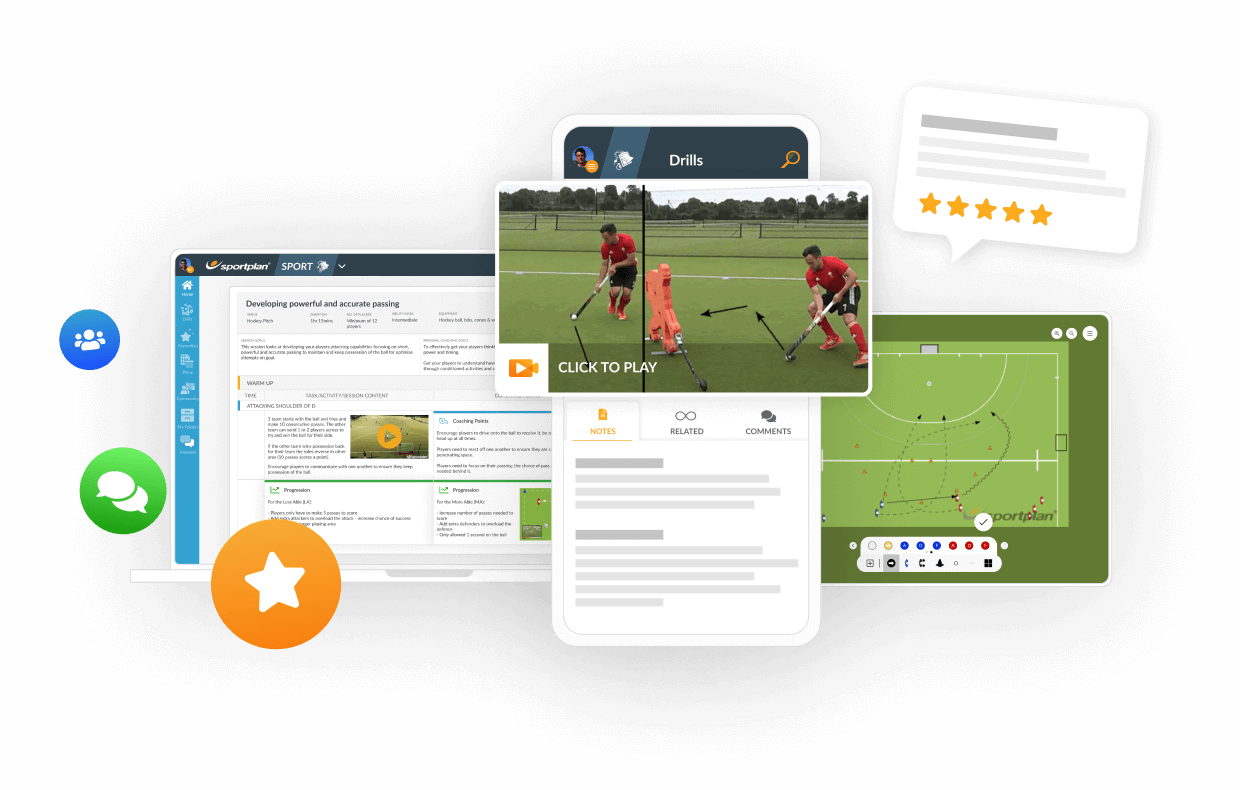
in more ways than one
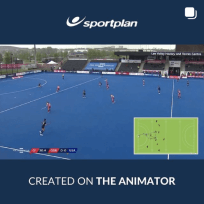
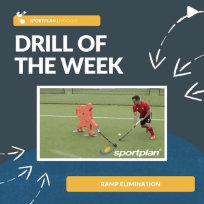
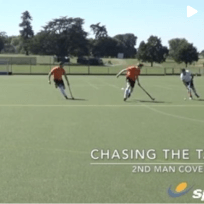

in more ways than one




From mandatory safety equipment to evolving tactical systems and player-centred coaching methods, field hockey is transforming. Here's what every coach needs to know for 2026.

The Netherlands made history at Paris 2024 with the first-ever golden sweep. Here's what coaches at every level can learn from their dominance.
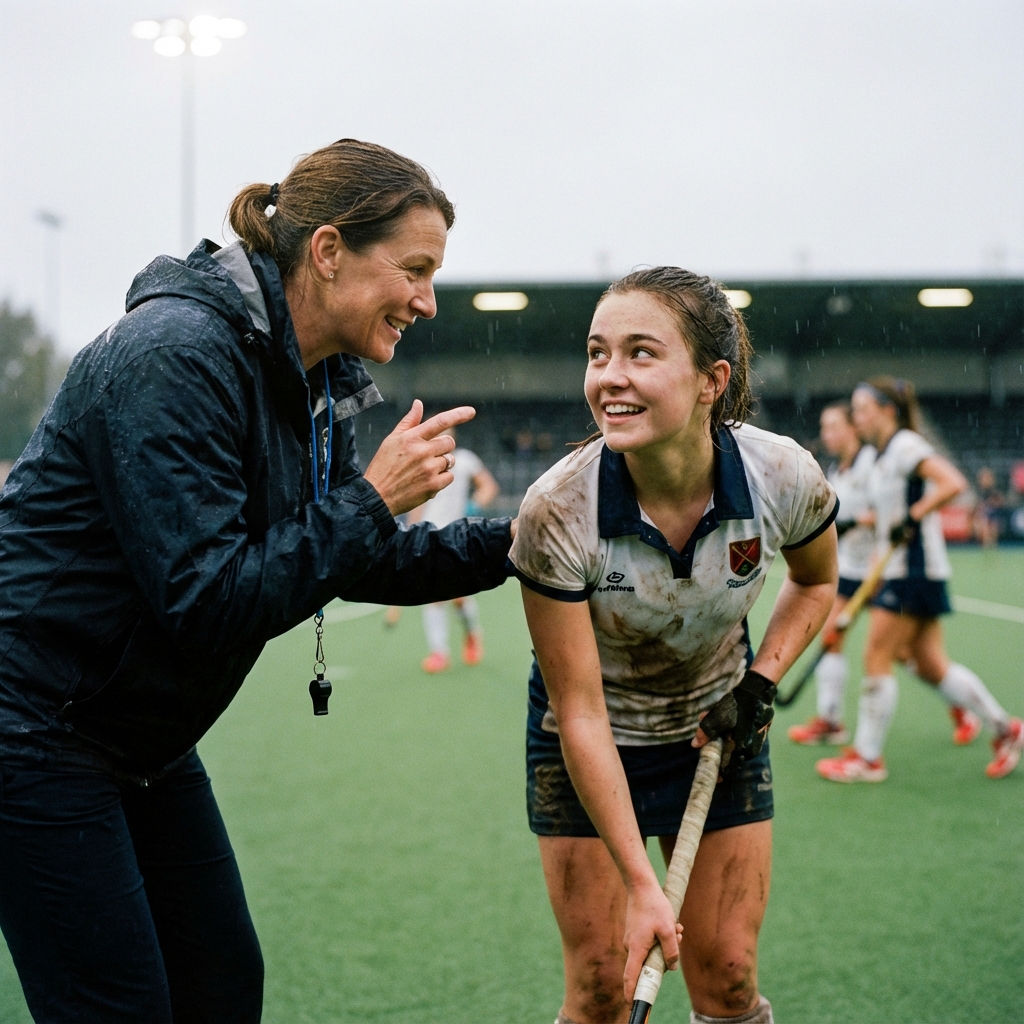
The best coaches build more than skills - they build connections. Learn how trust-based relationships transform team performance.
This article uses drills from our advanced library of drills.
As you will see, the concepts are the same – simple basic hockey. You should try this practice as the third or fourth exercise of the session. The first couple of exercises should look at the first touch and moving the ball away from a defender to allow you to do something with the second touch. Try the exercise below as a stepping stone exercise for posession, movement and passing.
The Concepts of the Exercise
Passing: short sharp passes. The passes should allow the receiver to move, do something productive with their first touch and go away from the defender. The area is small, so you don’t have much time to hold onto the ball. The longer the player keeps the ball, the less space they have to make the pass and the less space the receiver will have.
Receiving: receive the ball on the move. Never be flat footed when the ball comes to you. This will give you an advantage. Given the small area, it is important to make the most of all that you have. You should move the defender for you to create space for you to move into in which you can receive the ball. This also means that you will not stand still and wait for the ball to arrive, rather move towards the ball. The first touch should control the ball and put it where you are able to do something with the second touch, be it making a pass or executing a skill to exploit space.
Defend in pairs. One high, one deep, communicating the whole time. The primary goal is to prevent the ball being played through the box, i.e. defending the space behind you.
The Exercise
The practice below will focus all of these concepts into one exercise. The channel is deliberately restricted so that players have to concentrate on their close skills. This forces the first touch to be good and to allow the player to do something with their second touch of the ball.
The Basic Exercise

Set the practice up as shown in the diagram.
This is essentially a 6 v 4 split into 3 sections. In the 2 end zones play 2 v 1 and a 2 v 2 in the middle section.
Initially, players in each section cannot go into neighbouring sections.
The aim is to move the ball down the channel without losing possession.
The only other restriction is that players cannot hit the ball.
Players are free to, and should be encouraged, to pass backwards. This should be used to maintain possession and manoeuvre the defenders.
Players should never be standing still, as they should be constantly involved in either moving the defenders to make space in which to attack, or else defending.
Balls straight through the middle section are allowed, but possession must not be given away.
Rotate the players on each side and in the different areas.
There is no rush. If a pass is not on, move the ball back to the end section. In these sections possession should not be conceded as there is a 2 v 1. By playing the ball between the 2 the team mates in the middle section attackers have time to draw the defenders to create space to move into in which to receive the ball.
In the end zone, the attackers should play the ball to the attacker in the middle zone when they make a sharp move into space.
The attackers should be encouraged to make a forward movement with the ball when they receive the ball. This must be done by creating space in which to move with the ball, and should therefore rely on a good first touch.
Progression 1
Players can move between zones, but the 2 v 1, 2 v 2, 2 v 1 pattern must remain, i.e. if one player switches, then another player must take their place.
Players running from the end zone into the middle section now control a huge advantage. By moving forwards, they force a defender to make a decision about what to do.
The defender should make their decision based on how close to the other end zone they are and where the other attacker is. The defender should back off until they reach the critical point. At this time, the defender should step to meet the on-coming player, closing them down quickly and keeping the attacker’s head down to deny them access to options.
The first goal of the defender should be to force the ball to go back to the originating end zone. If the attacker makes a mistake, it is then that the defender should think about stealing the ball.
Attackers in the middle section should not crowd the area that the attacker from the end zone has to run into, i.e. do not move towards the player coming forwards. If the attackers do this, they lose the forwards advantage that they will have. Extra space is created by one of the attackers in the middle zone replacing the attacker from the end zone. When the defender ceases backing off and starts to engage the attacker coming forward, or when the other defender engages the attacker, the attacker should make the pass.
If the other attackers in the far end zone have made a good lead run into space, play the ball into them if possible.
However, players should be encouraged to turn back out if there is no forward pass on.
Progression 2
Set a goal up at each end with a goalkeeper.
All the defenders (1, 2, 1), except the one in the far end zone, should attack the goal at that end when they legitimately break down the play in the game. All of the attackers, except the two in the far end zone, should defend.
This is a good exercise to improve reaction times when play is broken down and to focus on work rates to get back and defend.
Working with large groups. Multiple "channels" can be set up to run concurrently so that players should be involved all the time.